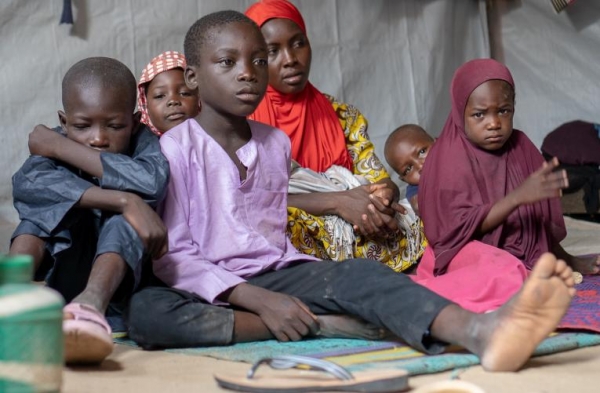As former Secretary-General Kofi Annan suggested “internal displacement is the great tragedy of our times. The internally displaced people are among the most vulnerable of the human family”. Similarly, the 2030 Agenda for Sustainable Development included internal displacement into its 17 Sustainable Development Goals and encompassed IDPs as a vulnerable group that must not be left behind (OCHA, 2020). As a result, the fourth episode of the “IDPs and Conflict” series aims to bring the attention to the additional vulnerabilities that conflict-driven IDPs encounter during and after their forced displacement.
Firstly, IDPs may be forced to displace towards unhealthy or inhospitable environments that may make it logistically challenging to provide them with humanitarian assistance (OCHA, 2020). Indeed, the act of physical displacement itself may often damage or destroy social organisation of the community as well as disrupting family groups and traditional roles within the family (UNHCR, 2005). Similarly, displacement may cause the loss of sources of income and livelihood exacerbating IDPs’ material and psychosocial vulnerability. In fact, internally displaced populations - especially women, the elderly and children - often experience acute psychosocial distress (UNHCR, 2005). Internally displaced children result to be particularly vulnerable since they may also lose access to education and be at risk of sexual violence, forced labour and recruitment into armed groups (UNHCR, 2005).
In addition to often struggling with recognition before the law due to their lack of identity documents, the national government’s responsibility to protect and provide for IDPs may create obstacles for them to access international assistance - especially in conflict-afflicted areas (UNHCR, 2005). In fact, if national governments are unwilling or unable to fulfill their duties, the international community must reinforce efforts to protect and assist IDPs. Finally, context-specific factors - including the willingness and capacity of national and local institutions to receive aid for IDPs or the accessibility of legal and protective institutions - as well as factors specific to the internally displaced population - such as the presence of pre-existing vulnerabilities - may affect the success of intervention for IDPs and increase their vulnerability (OCHA, 2020).
These vulnerabilities ultimately make Internal displacement a complex challenge that the international community cannot tackle through humanitarian aid alone. Thus, humanitarian and development institutions shall cooperate to meet instant needs and formulate sustainable solutions to address these special challenges that conflict-induced internally displaced people have to face (OCHA, 2020).




